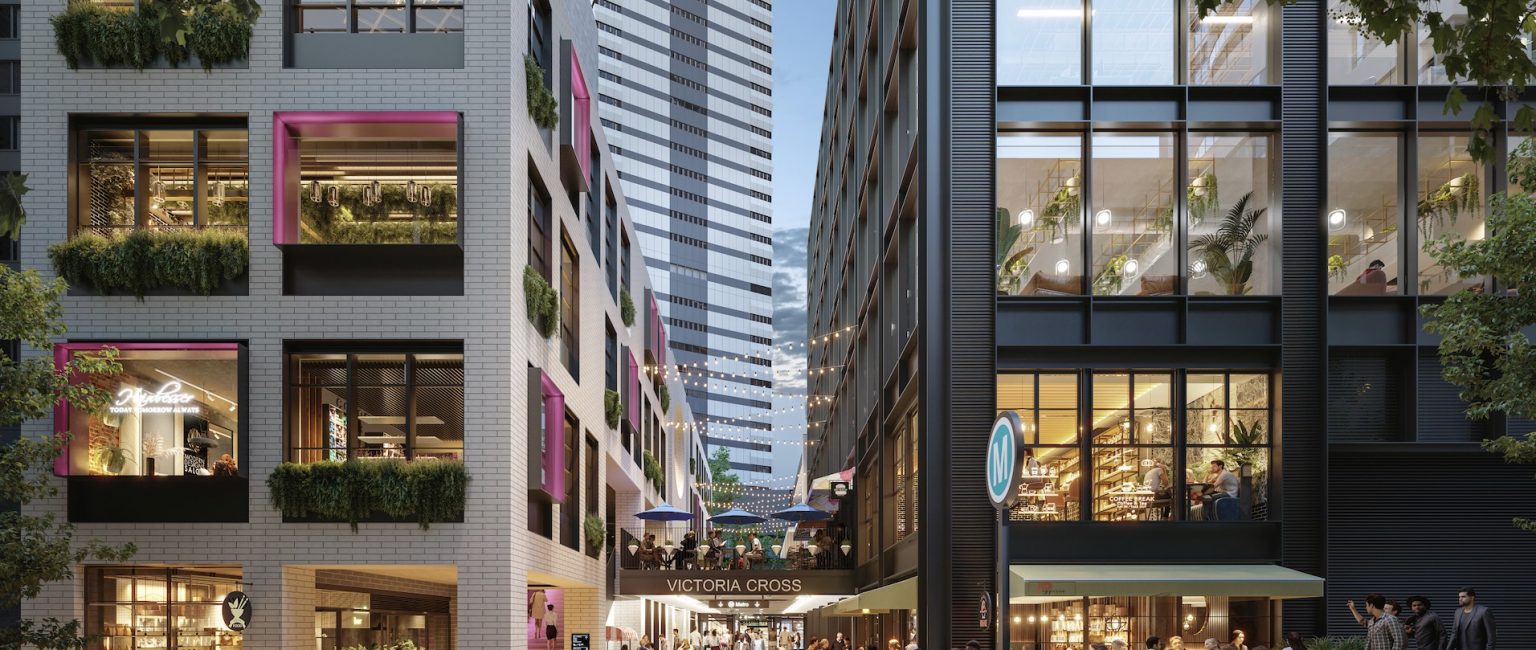New guide leads the way for an all-electric future

A new guide is paving the way to help new developments harness all-electric technologies to access renewable energy, reduce air pollution and create a healthier space.
The Green Building Council of Australia (GBCA), together with global consulting firm Cundall, have launched The Building Electrification Guide, which outlines the affordable all-electric technologies available in the market.
It also provides a guide to design, delivery, and the commissioning process for all-electric buildings.
“What excites us about this guide is that not only does it showcase existing, all-electric buildings that are powered by renewable energy, it also demonstrates how all new buildings can reach that point,” Jorge Chapa, GBCA head of market transformation said.
“As industry and community demand for these buildings grows, the technology is already successfully being used today. There is no reason why all new buildings can’t be all-electric from now on.
“An all-electric building comes with many benefits – from easy access to renewable energy, to healthy spaces for occupants. As we move into a decarbonised world, all-electric buildings are future-proofed from having to be refurbished to eliminate outdated technologies. They have less risk of becoming stranded assets.”

A render of the Victoria Cross building. Picture: Supplied
Frasers Property Australia sustainability advisor Julia Halioua said The Building Electrification Guide was a valuable stepping-stone to the transition to all-electric building.
“It provides insights and guidance on the main challenges for a wide range of stakeholders and we anticipate that the industry will transition to all-electric buildings for new constructions,” she said.
“This guide will help to de-mystify all-electric building and encourage more property developers to switch. Leading commercial property developers have already started developing all-electric buildings.
“The main challenge is for retail components, where there is a significant portion of food and beverage retailers. The change in commercial cooking practice is at an early stage and there is a strong need to educate and support tenants financially on this journey.”

Jane Surry Hills is all-electric and was having many benefits for customers and the running of the eatery. Picture: Supplied
Restaurants reaping the rewards
Chef Tristan Rosier’s two restaurants, Arthur and Jane Surry Hills, both feature retrofitted fully electric kitchens, and Mr Rosier has not looked back.
“For us, it saves a lot of costs, maybe in not the most direct way but our kitchens are quite open in our dining rooms,” he said.
“So if we were to have gas it would be such a struggle to just cool the dining room down with the heat it produces so we’d have to spend money on air-conditioning pretty much year round just to keep the rooms comfortable, so that was the main reason for induction.
“The other thing is it’s so much faster than gas. When there is saucepan on it, it’s on but as soon as you take the pan off it switches off automatically so there is a huge saving of energy just from that alone.”
Victoria Cross in Sydney on its way to a fully-electric future
All heating, cooling and the domestic hot water plan at a new 42-storey commercial building, known as Victoria Cross Tower, is a Sydney Metro integrated station development in North Sydney, which will be fully electric.

The Victoria Cross development will be fully electric. Picture: Supplied
The electrification of the building, which is being developed and built by Lendlease, is an example of actions being taken by the company to reach absolute zero carbon for (emission) scopes 1, 2 and 3 by 2040.
Lisa Gordon, Lendlease Australia head of commercial, said while there were generally higher upfront costs in going all electric, there were long-term financial benefits.
Creating a fully electric commercial building involved replacing technologies that use gas for space heating, domestic hot water and cooking with technologies that use electricity as a source of energy such as heat pumps and induction cooking, she said.
“This enables the building to be powered by renewable electricity,” she said.
“While the process to adopt an all-electric operating model is in theory relatively straightforward, it does require challenging conventional design solutions.
“In taking Victoria Cross all-electric, we engaged our technical team who optimised the efficiency of the design through systems modelling. This team worked with the design specialists and the architect to locate the heat pumps and complete the all-electric systems design.”







